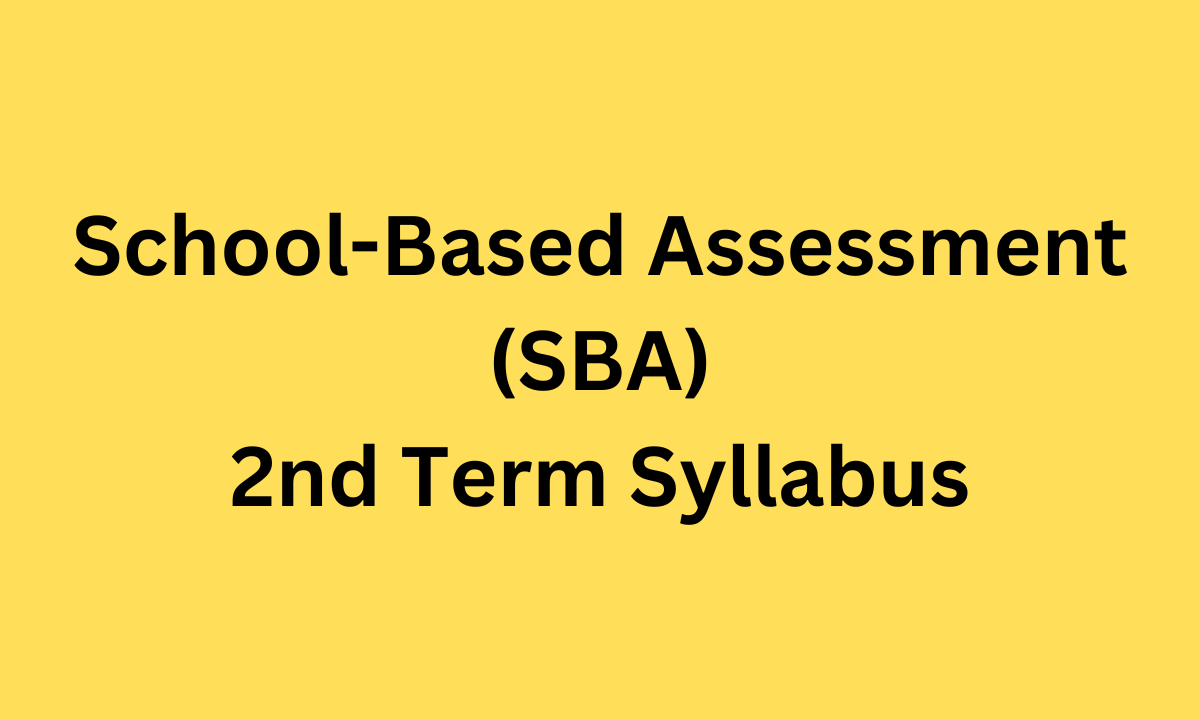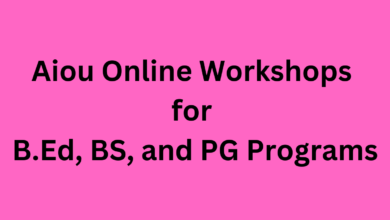Virtual reality in higher education
Contents
Virtual reality in higher education
Introduction
Virtual Reality (VR) is rapidly changing the landscape of higher education. By immersing students in a simulated environment, VR provides unprecedented opportunities for interactive and experiential learning. This technology has the potential to revolutionize teaching and learning across disciplines, enhancing knowledge retention, problem-solving skills and overall student engagement.

Body
VR’s ability to create
highly realistic and interactive experiences makes it a powerful tool for higher education. By simulating real-world scenarios, students can actively participate in learning while gaining a deeper understanding of complex concepts. This technology has the potential to augment traditional teaching methods and create new avenues for exploration.
Bullet Points
Advantages of VR in Higher Education:

- Increase student engagement and motivation
- Better knowledge retention and comprehension
- Development of critical thinking and problem solving skills
- Hands-on experience without physical risks
- Access to remote or dangerous locations
*Applications of VR in Higher Education: - Medical simulation for practicing surgeries and patient care
- Engineering and design to visualize complex structures
- History and Archeology to explore historical sites
- Language learning for immersive language practice
- Virtual field trips to explore remote locations
table
| Field of Study | VR Application | Advantages |
|---|---|---|
| medicine Surgical simulation Hands-on practice without the risks | ||
| Engineering | Product design and prototyping Visualize and interact with design | |
| History | Virtual Museum Tours | Deep historical experiences |
| Psychology Virtual therapy environment Exposure therapy for phobias |

Result
Virtual reality is poised to become an indispensable tool in higher education. By providing immersive and interactive learning experiences, VR has the potential to transform teaching and learning, preparing students for future challenges and opportunities. As technology advances, we can expect to see more innovative applications of VR in higher education.
Frequently Asked Questions
Is VR expensive for higher education institutions?
- The initial investment in VR equipment can be significant, but the long-term benefits in terms of student engagement and learning outcomes can far outweigh the costs.
*Can VR be used for all subjects? - While VR is particularly effective in fields such as medicine, engineering and history, it can be adapted to a variety of disciplines with creative applications.
What are the challenges of implementing VR in higher education? - Challenges include cost of equipment, technical support, and ensuring access for all students.
*How can VR be used to enhance online learning? - VR can create a more immersive and engaging online learning experience, allowing students to interact with virtual classmates and participate in virtual simulations.

By adopting VR technology,
higher education institutions can create innovative and effective learning environments that prepare students for success in the 21st century.








